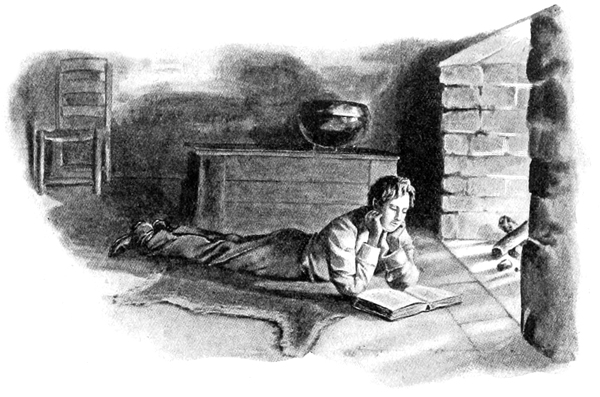While not a perfect example, I do think the Star-Spangled Banner, the actual flag which flew over Fort McHenry, is an American icon with some similarities to the Liberty Bell. Sure, the Battle of Baltimore might have some recognition now, but in reality without the flag and the song becoming the national anthem I can’t imagine it would be very well known. The War of 1812 itself is considered the forgotten war.
Like the Liberty Bell, the Star-Spangled Banner no longer has any practical use. It’s a flag that no longer flies and now has a purely symbolic role. The Star-Spangled Banner’s impact is still felt today. Just turn on any football game on NFL Sunday and you can see a large flag waving on the field, drawing up images of the original Star-Spangled Banner.
For some background on the flag, it was designed by Mary Pickersgill to hang over Fort McHenry for the Battle of Baltimore in 1814, during the War of 1812. Major George Armistead commissioned Pickersgill to make the flag for the battle. If you want to talk being federally endorsed, she was paid by the government to create the flag. The flag was monstrous. The dimensions were originally 30 feet by 42 feet. Francis Scott Key immortalized the flag with his poem, the Defence of Fort McHenry, which later became the country’s national anthem in 1931.
The Liberty Bell and Star-Spangled Banner are both different in the way they are federally endorsed. The city of Philadelphia gave the National Park Service custody of the Liberty Bell in 1948. The Star-Spangled Banner is not directly endorsed by the federal government. Armistead came into possession of the flag after the battle. It was passed down through his family until his grandson gave the flag to the Smithsonian Institute in 1912. However, the Smithsonian is funded by the federal government and the flag is one of the marquee exhibits at the National Museum of American History. It’s pretty clear a lot of time and resources go into it.
Both icons share some similarities in that they both have stories that have become less clear in recent history. There are some skeletons in both icons’ closets. The Liberty Bell is placed at the former spot of the President’s House, where George Washington held slaves. Pickersgill had a 13-year-old indentured servant named Grace Wisher who helped her with the making of the flag.
Obviously these two American icons, aren’t the perfect comparison, but I do think it’s interesting to consider their similarities and differences. Regardless, the U.S. government seems to consider them both an important part in the storytelling of American history.
SOURCES:
Ogline, Jill. “”Creating Dissonance for the Visitor”: The Heart of the Liberty Bell Controversy.” The Public Historian26, no. 3 (Summer 2004): 49-58. http://www.jstor.org/stable/10.1525/tph.2004.26.3.49.
“The Liberty Bell.” National Parks Service. https://www.nps.gov/inde/learn/historyculture/stories-libertybell.htm.
“Star-Spangled Banner and the War of 1812.” Smithsonian Institution. https://www.si.edu/spotlight/flag-day/banner-facts.
Daly, Michael. “The Slave Owner Who Stitched the Original Star-Spangled Banner.” The Daily Beast. September 18, 2016. https://www.thedailybeast.com/the-slave-owner-who-stitched-the-original-star-spangled-banner.






 both the good and bad histories of the Liberty Bell. The Grand Canyon represents wonder, freedom, and the adventurous spirit of the United States. Often called “The Great Unknown”, the Grand Canyon was a literal blank spot on the map until Joseph Christmas Ives sailed up the Colorado River in search of a trade route to the West. The mapping and “discovery” of the canyon is an example of the adventurous spirit of Americans and the beauty of exploration.
both the good and bad histories of the Liberty Bell. The Grand Canyon represents wonder, freedom, and the adventurous spirit of the United States. Often called “The Great Unknown”, the Grand Canyon was a literal blank spot on the map until Joseph Christmas Ives sailed up the Colorado River in search of a trade route to the West. The mapping and “discovery” of the canyon is an example of the adventurous spirit of Americans and the beauty of exploration.





